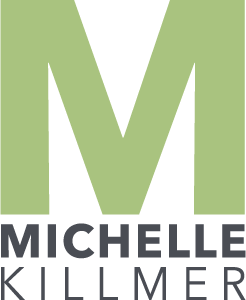What do you do when a former colleague of yours comes to you with a slight (large) career change in mind with no interest in getting a whole, brand new four-year degree, but is willing to work alongside and under you to learn your trade?
You laugh and say tough cookies, my man.
…
NO! Absolutely not. You help them and give them the tools they need. I would never encourage someone to go and get a second bachelors degree to change careers unless they were absolutely passionate about it, but I wouldn’t also turn someone away who asked for help that genuinely wanted or needed it. If I can provide, I will.
My friend, former colleague, and now pupil, has been in touch with me to see if i could teach him things about graphic design for a couple of months now. The good news is, he has a creative base to work on, especially when it comes to composition, which is what we’re working on now. I’m not an educator by any means, and honestly, I don’t want to make this boring for him. It’s crossed my mind to take what I learned in 15 years of self-education and 4 years of formal and condense it into months of learning. Some would say that’s really unfair, that I had to pay thousands of dollars and push through four years of constant judging, belitting, and the utmost drilling of information and ideas just to hand it to someone to do over, say, 8 weeks time.
Nah, it’s all good. I have knowledge and skill and if I can share it, I will. I did it at my last job, and the job before that, and the job before that.
He’s not going to become a master graphic designer under my guise. In fact, that’s a task he’s going to take on by himself. There are TONS of graphic designers who are successful, but self-taught.
I need to start by having him understand what graphic design is. I showed him the course path LinkedIn Learning has on graphic design and the first module available in the course is “What is Graphic Design?”
Today’s email, I saw he sent back his latest assignment. After a few weeks on the pen tool, with the ellipse and marquee tools peppered in, I decided he was ready to start learning about composition. Yesterday I emailed him an assignment briefly explaining depth (which should be a refresher, as his degree is in photography) and asking him to create a composition using color and shape to show me depth. He emailed back to me a correct, but very basic and boring assignment.
I didn’t specifically tell him to jump through hoops, but I also didn’t expect getting the bare minimum back, especially from someone with lots of fire. So, I emailed him back and said, “Do it again, but this time let’s think outside the box.” I showed him a couple of photographic examples of depth and two examples from design (on top of the other examples I originally sent with the assignment) that show depth and hierarchy. I also attached the image on the left. I did it in 5 minutes, but I used color, shapes, and layering to try and show something that’s not just a bunch of triangles in a size/gradient order sitting atop a box with another gradient effect.
I told him for this assignment, his piece didn’t need to make sense or have a story, though if it did (both make sense and have a story), I wouldn’t be mad because it would further prove his understanding and help define his thought process.
The piece I did to show was done in 5 minutes using about 4 layers and some doodling around to make it make sense. To me, I was thinking of a stylized galaxy, with a ringed planet. This isn’t the Mona Lisa of my portfolio, but I hope he sees it and is inspired to make something much better.



